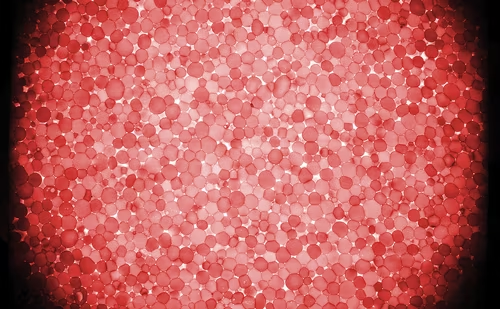Polycystic ovary syndrome (PCOS) is the most common endocrinopathy in women of reproductive age, with an approximate prevalence of 6–10 %.1–3 Characterized by clinical features of hyperandrogenism (such as hirsutism) and/or biochemical androgen excess and ovulatory dysfunction, PCOS is additionally associated with a spectrum of comorbidities that include infertility, increased risk of type 2 diabetes and of cardiovascular disease (CVD), psychological burden, and risk of endometrial pathologies including endometrial cancer.2–4 The therapeutic approach to PCOS entails a foc
Polycystic ovary syndrome (PCOS) is the most common endocrinopathy in women of reproductive age, with an approximate prevalence of 6–10 %.1–3 Characterized by clinical features of hyperandrogenism (such as hirsutism) and/or biochemical androgen excess and ovulatory dysfunction, PCOS is additionally associated with a spectrum of comorbidities that include infertility, increased risk of type 2 diabetes and of cardiovascular disease (CVD), psychological burden, and risk of endometrial pathologies including endometrial cancer.2–4 The therapeutic approach to PCOS entails a focus on the overt presenting complaint(s) (e.g., oligomenorrhea, clinical hyperandrogenism, ovulatory infertility) as well as on the metabolic burden that predisposes this patient population to a spectrum of comorbidities in the long run, including type 2 diabetes and CVD. In this article, the authors have attempted to provide an overview of the treatment options that offer therapeutic benefit in PCOS.
Treatment Options for Targeting Common Symptoms Combined Oral Contraceptives
Having long been used as the first-line treatment in PCOS management, combined oral contraceptives (COCs) offer not just menstrual regulation and endometrial protection, but also a benefit against cutaneous stigmata of hyperandrogenism in women with PCOS.5–7 Mechanisms whereby COCs mediate improvements in PCOS-related symptoms include:
- a suppression of pituitary luteinizing hormone (LH), thereby reducing the stimulant effect of LH on androgen production by the ovarian theca cells;
- an increase in hepatic sex hormone binding globulin (SHBG) directly resulting from the estrogen component in the COC; the net effect is a decline in the free androgen levels and hence an improvement in the clinical features of hyperandrogenism (e.g., acne and hirsutism); and
- the antiproliferative effects of the progestin component of the COC formulation, which offers protection against proliferative endometrial pathologies that oligomenorrheic and insulin-resistant women are particularly at risk of.
To view the full article in PDF or eBook formats, please click on the icons above.







